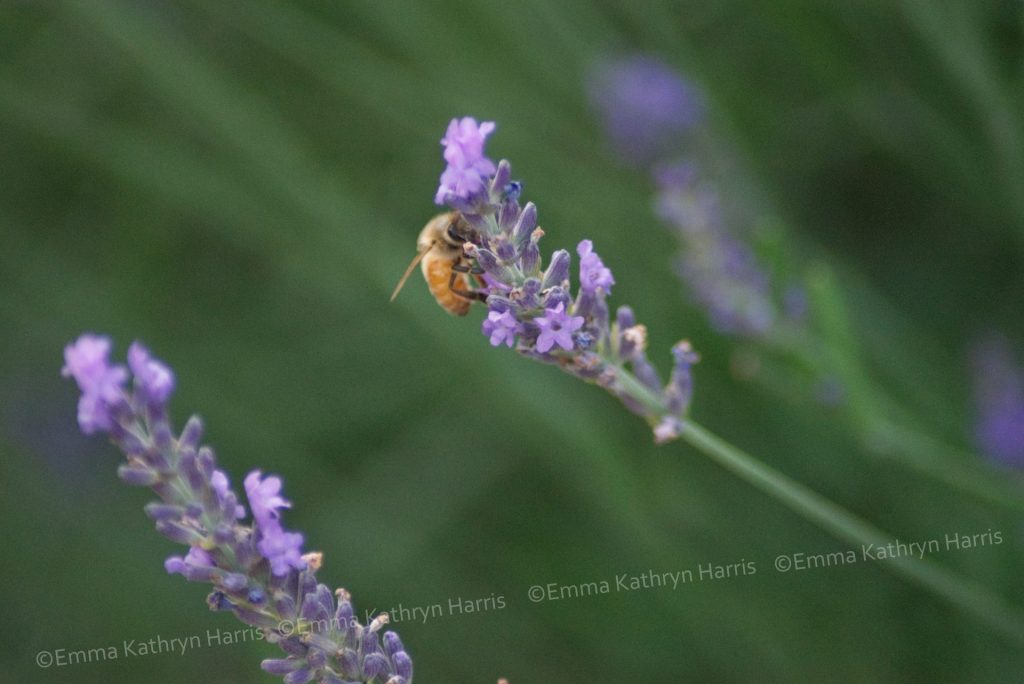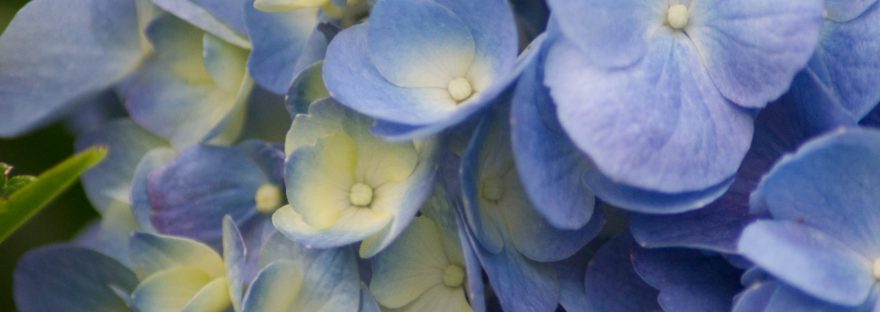It rained and it rained and it rained. Piglet told himself that never in all his life, and he was goodness how old—three, was it, or four?—never had he seen so much rain. Days and days and days.“
A.A. Milne, Author, Winnie-the-Pooh
I have stated several times that 2021 was my year of experimentation. I learned new things, I planted seeds and waited to see what happened, I held my breath in inclement weather—frosts, high summer temperatures, and storms—and hoped for the best.
Recognizing that I cannot control the weather relieves me of some stress and responsibility, but it still causes disappointment when my flora “babies” suffer.
Frost season
The frosts last year our area experienced created garden drama with their destructive force. First, we experienced two major frosts, which was unusual. And the second frost ultimately did the most damage since it attacked us following a few weeks of extraordinarily high temperatures. The plants were confused. My bleeding heart, hydrangea and Japanese maple tree in particular, began to blossom and drink in the sunshine. My knockout rose bushes were bursting with their green leaves and were on the verge of exploding with flowers. They were all flourishing.
With the first frost, honestly, I did not do anything to protect my plants (though, again, as the year of experimentation, I think was a mistake).
Then, the second frost hit. My flourishing plants could not handle the harsh weather. This time, I did what I could to protect them by covering them with towels to stave off the wind and keep off the frosty sheet that likes to cover the precious leaves.
When it was over, my heart sank. My bleeding hearts drooped; my hydrangea was brown and appeared lifeless; and my Japanese maple, which was too large to cover with anything, was severely bitten and suffered the most. The vibrant red leaves were brown and crispy fried.
My rose bushes were unhappy, but they bounced back as they are hardy plants.
Thankfully, my bleeding heart was more resilient than I had imagined and burst through the setback with amazing rich leaves and a plethora of flowers. My hydrangea was slower to come back, but what I thought was hopeless, surprised me with a lush bush. While it took several weeks, it decided to beat the odds and grew a spectacular array of abundant leaves and a few heads of blue flowers. If not for the frost, I might have seen more flowers, but considering the trauma it experienced, I was happy with what it did provide.

Unfortunately, my Japanese maple was not so abundant. As is typical of this maple’s reaction to frost, the leaves dropped off and new ones appeared, but they were malnourished and sparse. My tree never regained its strength and stunning beauty.

Summer season
While my zone (7a) and area do not experience extreme heat and humidity as does the deep south, it is not immune to the atypical heat effects.
The weather does get warm and humid, and the plants begin to droop in the scorching sun. And since most of my garden is in full sun, and many plants are in containers (even if they are in the shade), watering becomes more frequent.
I watered every morning and if it was an especially humid day and the soil was dry or my flowers were wilting, they got an extra dose of H2O in the early evening.
I remained ever attentive to my flowers. I did not worry as I noticed that they perked up again with the water and seemed to do well despite the sun’s power.
However, I also take note of the flowers I plant and the temperatures they can handle. Another reason why it is in their best interest and mine to pay attention to the zone requirements.
With that said, I often keep in mind that these days it is difficult to trust that the weather will remain consistent and as it is supposed to be.
Tornado, flood and tropical storm season
This is another, and sadly, most damaging weather event I can only hold my breath and hope for the best.
While I try to remind myself that the results could be worse (a tree could have fallen on my house, a flood could have swept it away), my heart breaks when the irreversible damage is done.
Last year we were hit with the remnants of Tropical Storm Fred. I was living Winnie the Pooh’s ‘Blustery Day’ for a couple days as the rains poured down and the wind lashed against our house. Lakes formed in our yard. Most of the area was under water. Flooding and landslides closed many roads around us.
As the trees swayed in the wind and the water saturated the earth, I was mildly pleased that my garden was getting a good soak. Not once did I give thought to my containers that were unprotected.
The day after the harshest rain, I inspected my garden and containers. Drooping flowers were simple to pick up and lean against stakes.
But my heart sank when I saw my containers. While many were protected under a roof, some were not. My lush, large marigold bushes were busted. The flowers were soaked and brown. My white geraniums were also brown, mushy messes.
Even my amazing begonias, growing in a planter on a shelf under the roof, had been toppled over by the harsh wind. The begonias, heavy with stems and flowers, could not seem to withstand the elements. I was fortunate the planter did not fall to the ground which would have resulted in a complete loss with busted flowers.
I supported the planter with a heavy piece of wood until we could tighten it with something else. When I surveyed the plants, they looked as though someone had sat on them.
I clipped the busted marigolds and replanted them in the pots when possible, and the rest in the ground. Here is where I held my breath and hoped for the best. It would take weeks before I would see the results. They had a 50/50 chance of regrowing.
Only a few days earlier, I had taken time to admire my hard work and was thrilled at how well the marigolds and other flowers were flourishing. They had filled the pots to the point of bursting, and the array of color was stunning. I was proud of my hard work, culminating over the last few months.
And yet, in one day, they were nearly all destroyed.
Admittedly, I was tempted to burst into tears. But as I reflected on how much worse it could have been, and how resilient plants are, putting things in retrospect calmed me. Gardening is about patience and learning.

Lessons learned
During disastrous weather, bring your containers inside to a safe place if at all possible. Had I done this, even with my begonias, they would have all been just fine. During the torrential downpour of rain and powerful wind, however, not once did I think of venturing outside.
When frost threatens your buds, cover them with towels or sheets to keep them protected.
Continue to water in hot weather in the early morning or early evening.
Despite my lack of common sense in some cases, I saw some of the plants return and blossom once again.
As with most setbacks, our response is to tackle the problem and rebuild. At first it might be overwhelming and daunting. Yet, focusing on the potential positive results as we dig and replant not only keeps us occupied on something worthwhile, but the rewards are usually beyond what we imagine.
Even if it is only satisfaction in our hard work and the desire to fight being beaten.


